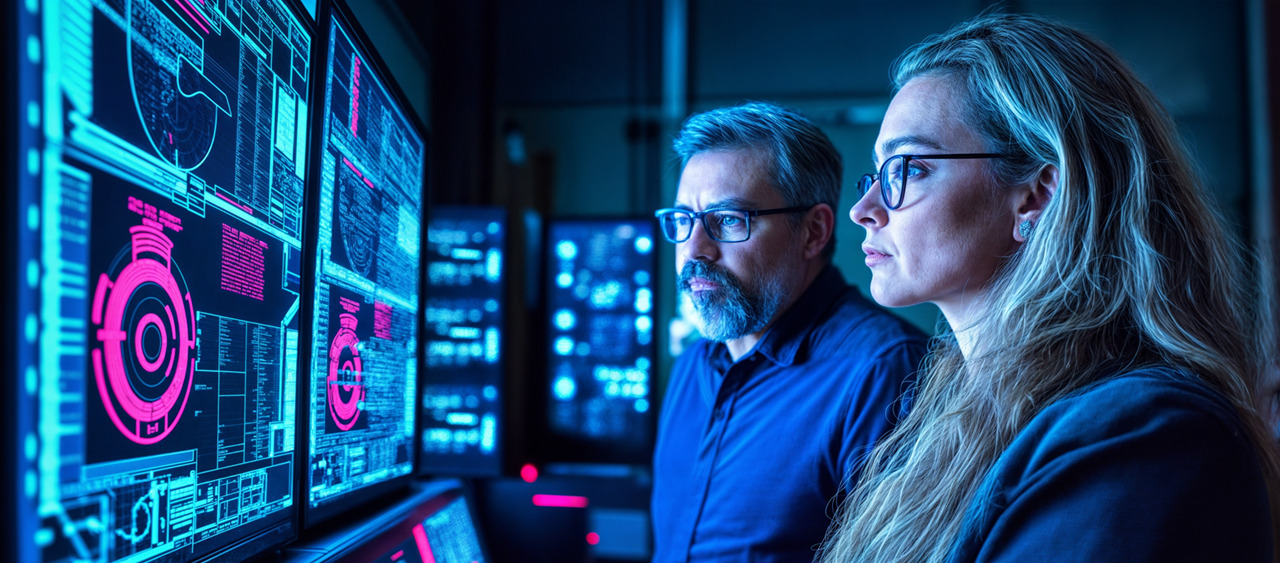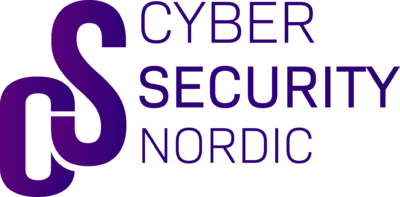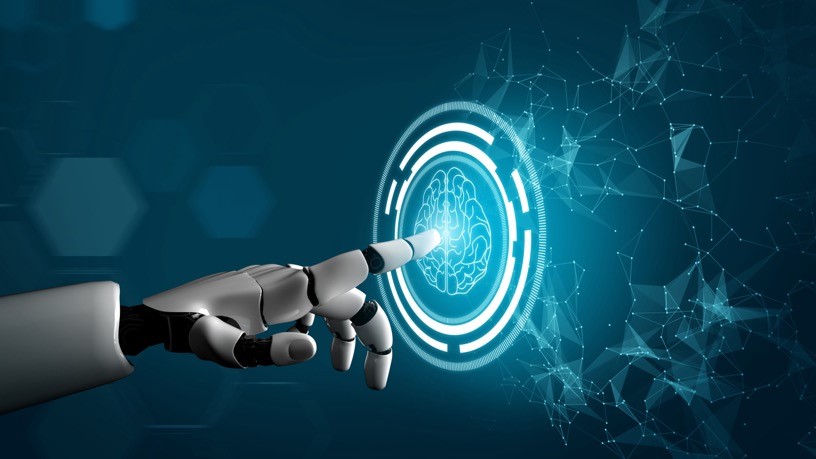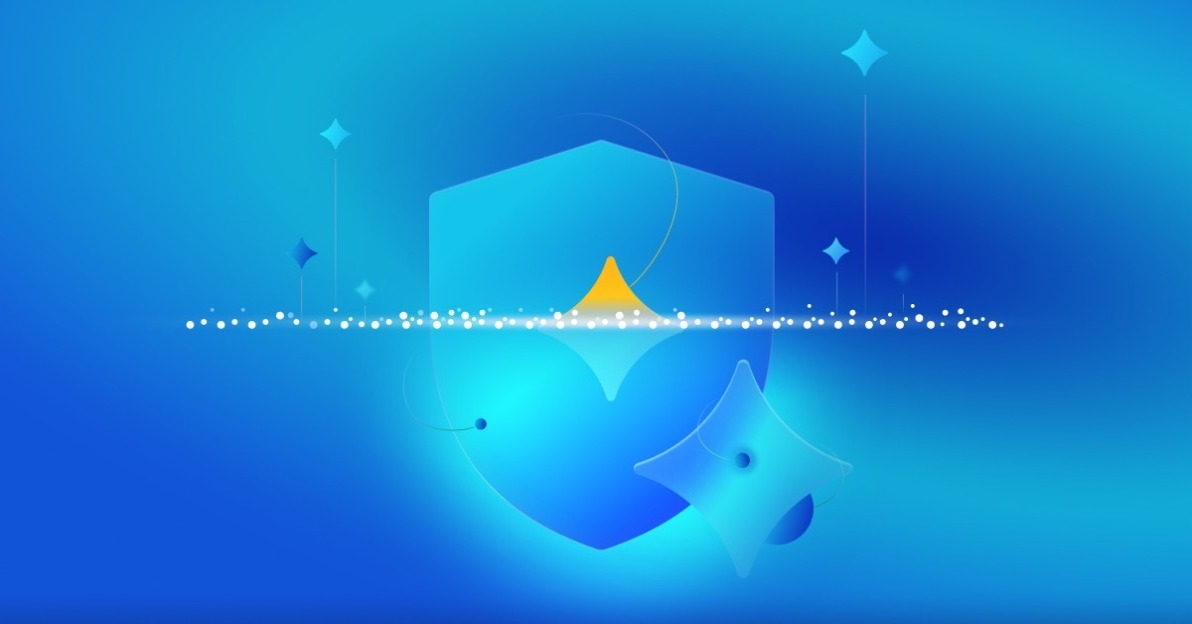Fix what matters: How continuous resilience transforms cybersecurity

Cybersecurity teams everywhere face the same challenge: endless findings, limited resources, and growing pressure to protect what truly matters.
Security tools have expanded visibility across clouds, networks, identities, and applications. Dashboards light up with scores, alerts, and recommendations. KPIs are tracked, reports are filed - yet breaches still happen. The root cause is painfully familiar:
"We knew about the issue. We just didn't fix it in time."
So what's the real problem? It isn't lack of data. It's lack of focus. When everything is labeled "critical", nothing gets prioritized.
Teams burn cycles:
- Patching vulnerabilities that pose little real risk
- Chasing alerts without business context
- Building controls around assets that don't drive value
This isn't lack of effort - it's lack of alignment.
Cybersecurity succeeds not when everything is protected, but when the right things are protected.
That requires shifting from siloed defensive activities to a living, risk-aligned strategy. It starts with combining two powerful capabilities:
- CTEM - Continuous Threat Exposure Management
- SOC - Security Operations Center
Not as independent functions - but as connected intelligence.
CTEM: See your risk as attackers do
Traditional vulnerability management is backward-looking: find-> list-> patch-> repeat.
But attackers don't care about vulnerability lists.
They care about attack paths that lead to high-value targets.
CTEM continuously:
- Discovers exposed assets and identities across environments
- Validates which exposures are truly exploitable
- Prioritizes fixes based on business impact
- Confirms improvements reduce real-world risk
Imagine thousands of vulnerabilities - only a handful offer a direct route to customer data.
CTEM reveals which handful, so you can focus resources where harm is actually possible.
SOC: React faster with the right context
Breaches don't wait for maintenance windows. That's why reactive capability matters just as much.
A strong SOC:
- Detects abnormal behavior in real time
- Investigates and contains active threats
- Uses threat intelligence to reduce dwell time
But context is everything.
When the SOC knows which systems are core to revenue or reputation, response becomes smarter:
- Alerts on critical assets are escalated automatically
- Playbooks align to exposure levels
- Analysts spend less time on false positives
The result? Lower risk and lower operational cost.
When proactive and reactive join forces
The magic happens when CTEM + SOC operate as one system:
CTEM -> SOC:
- Prioritized attack paths enhance detections
- Business context improves triage
SOC -> CTEM:
- Incidents inform exposure validation
- Threat trends drive proactive improvements
This creates a continuous feedback loop:
Every exposure discovered makes the SOC better - every incident investigated makes CTEM smarter.
Security becomes adaptive, not static. Controlled, not chaotic. Resilient, not reactive-only.
Static reports go stale the moment they're published. Static defenses fail the moment attackers change tactics.
A living security posture adjusts continuously to:
- Shifting business priorities
- Emerging vulnerabilities
- New attack techniques
- Cloud and identity expansion
The goal isn't to predict every threat - it's to ensure threats can't escalate into crises.
Resilience comes from visibility, validation, and constant learning.
Perfection is a myth in cybersecurity. Progress is what matters.
- Know what's critical
- Protect what's critical
- Improve continuously
These are leadership decisions - not technical ones.
When security choices reflect business value, cyber risk becomes manageable and investments make sense.
A Practical First Step
Start small:
Use every alert, exposure and lesson as data to evolve - not just react.
Let data and context drive improvement. Prioritize resilience over busyness.
Fix what matters - before it burns.

Director, Customer Solutions and Portfolio, Fujitsu




